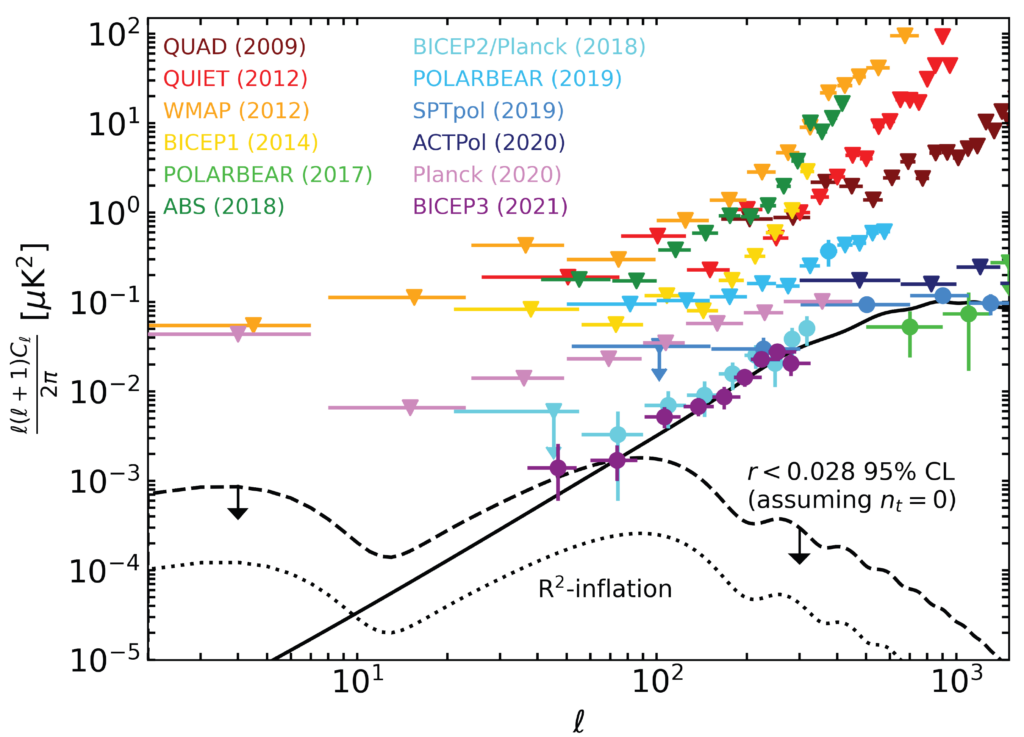Inflation, Dark Matter, Large-Scale Structure of the Universe
The goal of this research project is to investigate the interconnection between particle physics and crucial aspects of the standard Big-Bang cosmological model. In particular, we plan to investigate aspects of inflation in the Early Universe, the nature of dark matter and the nature of dark energy or possible scenarios of modified gravity. Particular emphasis is given to the present-day and future observations of the Cosmic Microwave Background (CMB) radiation, the study of the Large-Scale Structure (LSS) of the Universe through present and future surveys, and the indirect signatures of DM candidates coming from present and future experiments.

The main research activity of the group in Tor Vergata concerns the analysis of available cosmological data with the goal to constrain inflationary scenarios, dark energy models, extensions to the standard model of cosmology, and to perform novel tests of fundamental physics. In this context, a particular focus is given to exploring the synergy between different observables, such as CMB, galaxy distribution, galaxy clusters, and distance indicators. This research program builds on the diverse expertise present in the group. Several members of the team have been involved in the analysis and interpretation of data from the Planck mission and are now active in planning future CMB experiments (e.g. JAXA-LiteBIRD, LSPE, Simons Observatory) targeting the large-scale polarization signature of primordial gravitational waves, the so-called B-modes.

Members of the group are also actively involved in the Euclid mission, developing estimators of the cross-correlation of CMB and large-scale structure observables to investigate the nature of cosmic acceleration and put constraints on dark energy and modified gravity models.
References
Hervé Bourdin, Domenico Marinucci, Pasquale Mazzotta, Marina Migliaccio, Nicola Vittorio
Giampaolo Benevento, Viviana Cuozzo, Arianna Favale, Guglielmo Frittoli, Federico De Luca, Claudio Mastromarino, Avinash Anand



















































































































